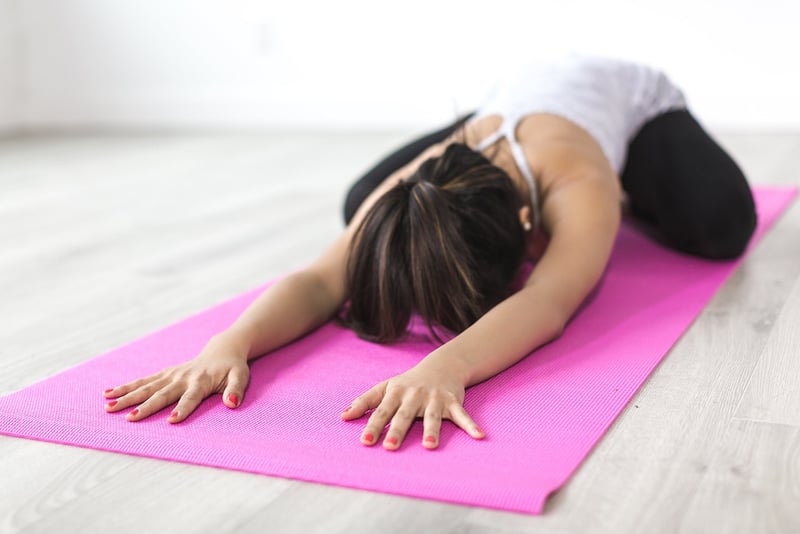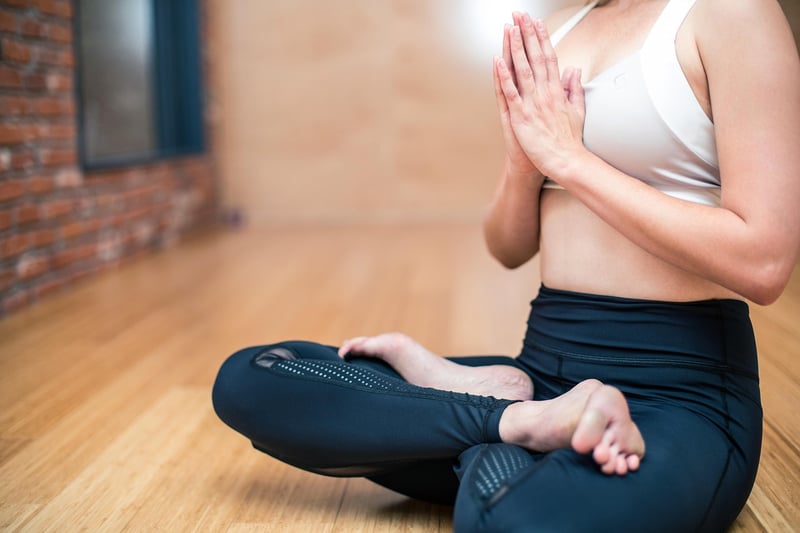Flexibility Exercises
The Importance of Flexibility Exercises in Your Physical Activity Routine
Physical activity and exercise are crucial components of a healthy lifestyle. While activities like cardio and strength training often take the spotlight, flexibility exercises play a vital role in overall fitness and well-being. Incorporating flexibility exercises into your routine can improve your range of motion, reduce the risk of injury, and enhance performance in other types of physical activities.
Benefits of Flexibility Exercises
Flexibility exercises focus on stretching and lengthening muscles to improve flexibility and joint range of motion. Some key benefits of including flexibility exercises in your workout regimen are:
- Improved Range of Motion: Flexibility exercises help your joints move through their full range of motion, allowing for better overall movement patterns.
- Reduced Risk of Injury: Increased flexibility can help prevent common injuries, such as muscle strains and joint sprains, especially during other physical activities.
- Enhanced Muscle Coordination: Flexible muscles work more efficiently and can improve coordination and balance during various exercises.
- Relief from Muscle Tension: Stretching can alleviate muscle tightness, reducing discomfort and improving post-workout recovery.
Examples of Flexibility Exercises
There are various types of flexibility exercises that target different muscle groups. Some common flexibility exercises include:
- Static Stretching: Holding a stretch position for a specific amount of time to lengthen the muscles gradually.
- Dynamic Stretching: Moving parts of your body through a full range of motion in a controlled manner.
- Yoga: A practice that combines physical poses, breathing exercises, and meditation to improve flexibility and strength.
- Pilates: Focuses on core strength, flexibility, and overall body awareness through controlled movements.
How to Incorporate Flexibility Exercises
Adding flexibility exercises to your workout routine doesn't have to be complicated. Here are some tips to help you get started:
- Warm-Up: Always perform a 5-10 minute warm-up before starting flexibility exercises to prepare your muscles.
- Balance Your Routine: Include a mix of static and dynamic stretches to target different muscle groups.
- Stay Consistent: Aim to do flexibility exercises at least 2-3 times a week to see improvements in your flexibility over time.
- Listen to Your Body: Avoid pushing your body beyond its limits and focus on gentle stretching to avoid injury.
Remember, flexibility is a key component of overall fitness, and incorporating flexibility exercises into your routine can lead to better performance, reduced risk of injury, and improved quality of life. So, don't forget to stretch!

Explore the benefits of flexibility exercises and start reaping the rewards of a more supple and agile body today!
